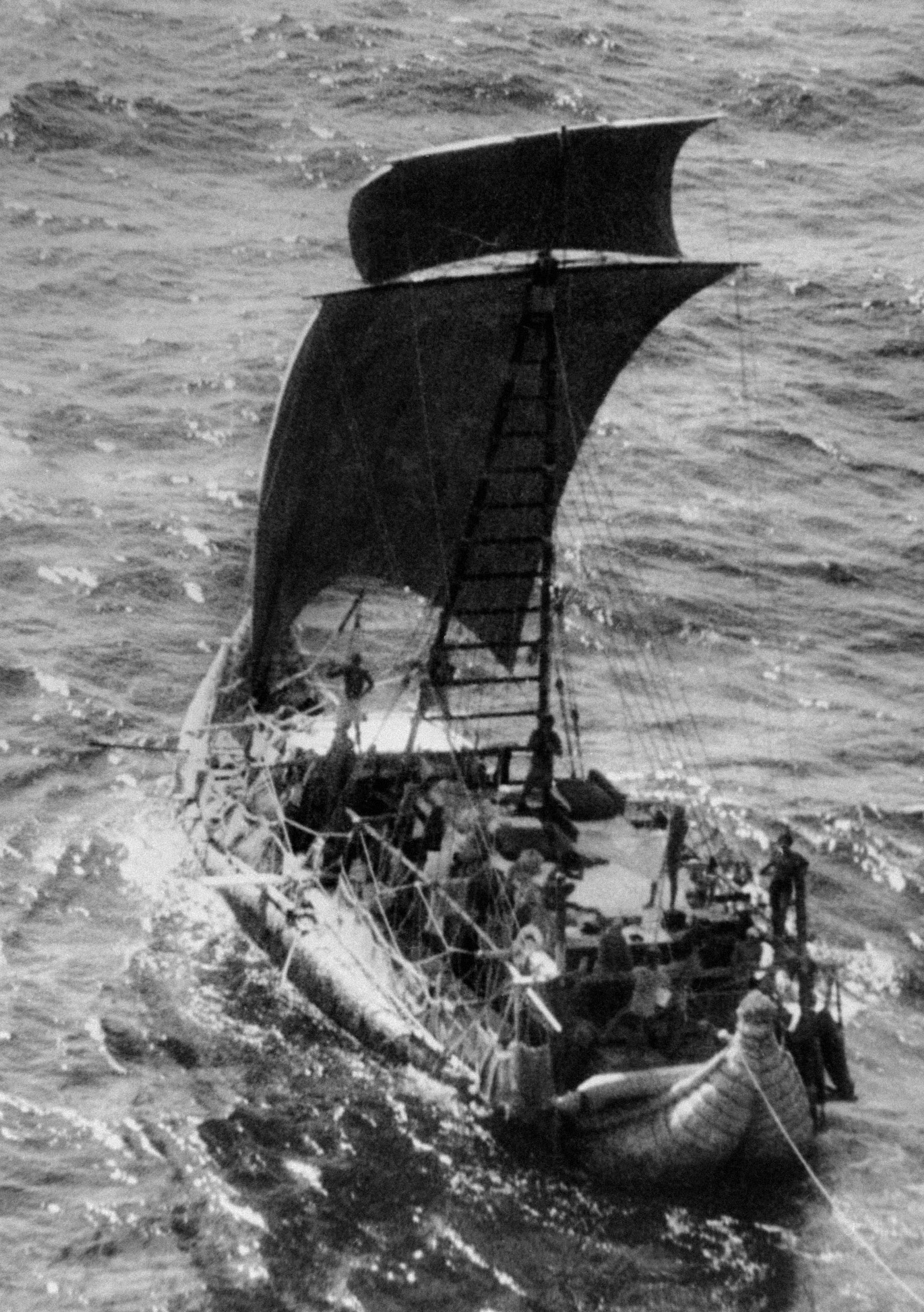
The accepted belief was that no American type of prehistoric vessel could have successfully made that journey Thor Heyerdahl decided to try it. In keeping with existing research, he found there had been two migrations to the Polynesian islands, but claimed the oldest of these had not arrived from Asia by canoe, but by balsa wood raft from South America. This was a controversial theory.

In 1939, “my father took my mother and myself, as a 1-year-old kid, to British Columbia in the Pacific coast of Canada.” He wanted to study the indigenous peoples of the Pacific Northwest Coast because he suspected they shared similarities with the Polynesians. In 1938, Liv and Thor returned to Oslo and had their first son, Thor Heyerdahl Jr. Thor noticed that the prevailing winds and ocean currents from America determined the flora and fauna, and he began to doubt theories that the Polynesian’s forefathers had arrived against the wind from Asia they may have come via an alternate route. Between 19, Thor and Liv lived self-sufficiently on the mountain island of Fatu-Hiva.

“I’m produced in Fatu-Hiva-a product of paradise you could say,” smiles Thor Heyerdahl Jr.


 0 kommentar(er)
0 kommentar(er)
